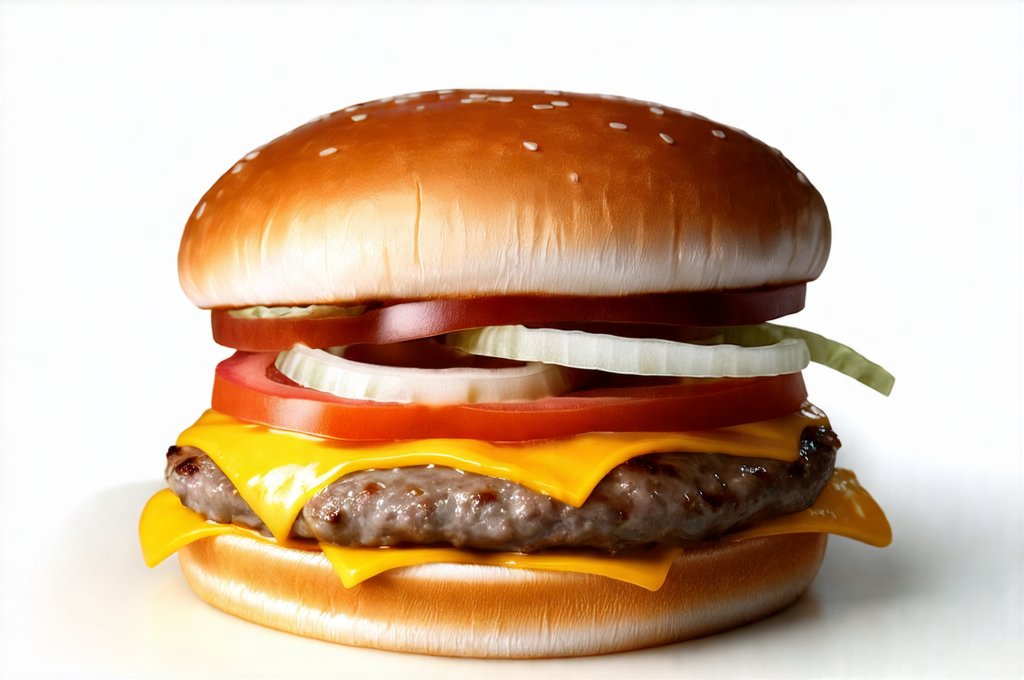Fast food often gets a bad rap, and for good reason. Traditionally, it’s been associated with high fat content, excessive sodium, and minimal nutritional value – not exactly ideal for anyone, let alone those managing gastrointestinal conditions like acid reflux (heartburn) and Irritable Bowel Syndrome (IBS). However, the fast-food landscape is evolving. Many chains are responding to consumer demand for healthier options, and it is possible* to navigate these restaurants strategically and find choices that won’t trigger your symptoms. This article will provide a guide to identifying safer fast-food selections when you’re on the go, focusing on minimizing triggers for both reflux and IBS.
The key is understanding what exacerbates each condition and then applying that knowledge to menu items. For reflux sufferers, that means avoiding high-fat foods (which delay stomach emptying), spicy or acidic ingredients, caffeine, chocolate, and peppermint. Individuals with IBS need to be mindful of FODMAPs – fermentable oligosaccharides, disaccharides, monosaccharides, and polyols – which are carbohydrates poorly absorbed by the small intestine and can cause gas, bloating, and discomfort. Gluten sensitivities also play a role for some. This isn’t about eliminating fast food entirely; it’s about making informed choices to enjoy convenience without sacrificing your digestive health. Understanding how to build a daily digestive diet routine can help you make more informed decisions even when on the go.
Understanding Reflux & IBS Triggers in Fast Food
Fast food menus are often laden with common triggers for both conditions. High-fat foods, ubiquitous in fried items like french fries and chicken nuggets, are a major culprit for reflux, as they relax the lower esophageal sphincter (LES), allowing stomach acid to creep upwards. Similarly, fatty foods can overwhelm the digestive system of someone with IBS, leading to diarrhea or constipation. Spicy seasonings, frequently found in Mexican-inspired fast food or heavily seasoned chicken, also contribute to heartburn and irritation within the gut for both conditions. Acidic components like tomato sauces on pizza or citrus marinades used in some grilled items are also problematic for reflux sufferers. Knowing which cooking oils are safe can help when preparing food, but it’s equally important to understand what’s in restaurant meals.
For those with IBS, the challenges are slightly different but equally prevalent. Many fast-food staples contain high-FODMAP ingredients. Onions and garlic are used extensively in almost everything from burger toppings to dipping sauces. Wheat-based buns, tortillas, and breaded coatings can be issues for gluten sensitive individuals or those with IBS triggered by wheat. Even seemingly benign items like applesauce or fruit juice can contribute symptoms due to their fructose content. The hidden sugars and artificial sweeteners often found in drinks and desserts can also exacerbate IBS symptoms. Identifying these potential pitfalls is the first step toward making smarter choices.
Building a Safer Fast-Food Meal: General Strategies
A proactive approach starts before you even arrive at the restaurant. Many chains now post nutritional information online, allowing you to pre-plan your order and assess ingredients. When ordering, customization is key. Don’t hesitate to request modifications – hold the mayo, swap fries for a side salad, or ask for grilled instead of fried options. – Request sauces on the side so you can control portion sizes. – Opt for smaller portions whenever possible. – Choose water over sugary drinks. – Avoid carbonated beverages which can worsen reflux symptoms. Considering safe condiments is also important, even when customizing orders.
Beyond customization, certain food choices are inherently better than others. Lean proteins like grilled chicken or fish (when available) are generally well-tolerated. Plain rice and steamed vegetables offer fiber without the high-FODMAP load of many other sides. Focus on simple preparations – avoid anything heavily seasoned or marinated. When ordering burgers, request a lettuce wrap instead of a bun if you’re avoiding gluten or FODMAPs, or choose a smaller portioned burger with minimal toppings. Remember that even seemingly “healthy” options can contain hidden triggers, so careful consideration is always necessary. Planning ahead using batch cooking techniques at home can reduce the temptation to rely on fast food altogether.
Navigating Common Fast-Food Chains: Examples & Tips
Let’s look at some specific examples of how to make healthier choices at popular fast-food chains. At McDonald’s, a grilled chicken sandwich (hold the mayo and tomato) with a side salad is a better option than a Big Mac and fries. At Subway, choose a 6-inch turkey breast on whole wheat bread with lettuce, spinach, and mustard – avoid onions, garlic, and high-fat condiments. Taco Bell can be surprisingly accommodating; opt for a Fresco soft taco with grilled chicken or steak (hold the cheese and sour cream) and side of black beans. – Remember to ask about ingredients as recipes may change.
Chick-fil-A offers grilled chicken options that are relatively safe, but avoid their spicy sauces and waffle fries. Wendy’s has salads and grilled chicken wraps; however, be mindful of the dressings used, as many contain high levels of sugar or fat. Burger King can be a challenge due to limited healthy choices, but a plain hamburger (hold the mayo and ketchup) with a side salad is preferable to most other options. The key takeaway is that even at restaurants known for unhealthy fare, you can find choices that minimize your risk of triggering symptoms if you’re willing to customize your order. Before heading out, reviewing tips on dining out with GERD is always a smart idea. Additionally, consider whether probiotics could support your digestive health. And if you experience diarrhea or stomach upset, an anti-diarrhea diet plan can offer relief.


















